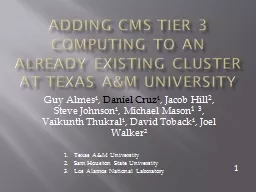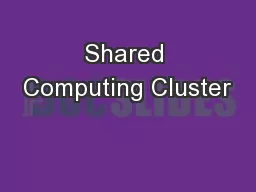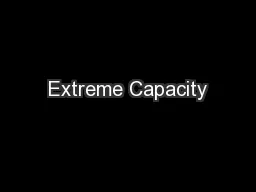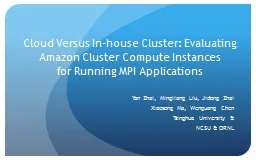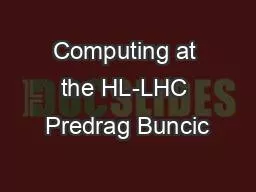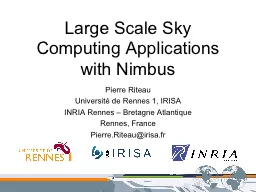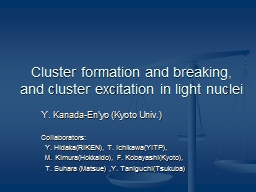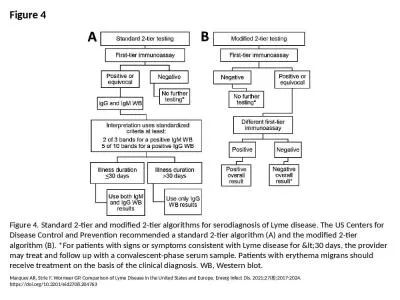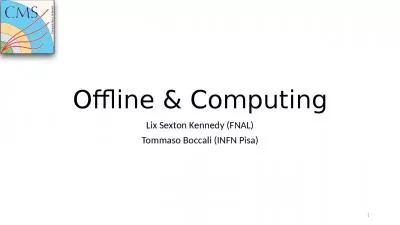PPT-Adding CMS Tier 3 computing to an already existing cluster
Author : kittie-lecroy | Published Date : 2016-08-15
texas aampm university Guy Almes¹ Daniel Cruz¹ Jacob Hill 2 Steve Johnson¹ Michael Mason 1 3 Vaikunth Thukral¹ David Toback¹ Joel Walker² Texas AampM
Presentation Embed Code
Download Presentation
Download Presentation The PPT/PDF document "Adding CMS Tier 3 computing to an alread..." is the property of its rightful owner. Permission is granted to download and print the materials on this website for personal, non-commercial use only, and to display it on your personal computer provided you do not modify the materials and that you retain all copyright notices contained in the materials. By downloading content from our website, you accept the terms of this agreement.
Adding CMS Tier 3 computing to an already existing cluster: Transcript
Download Rules Of Document
"Adding CMS Tier 3 computing to an already existing cluster"The content belongs to its owner. You may download and print it for personal use, without modification, and keep all copyright notices. By downloading, you agree to these terms.
Related Documents

